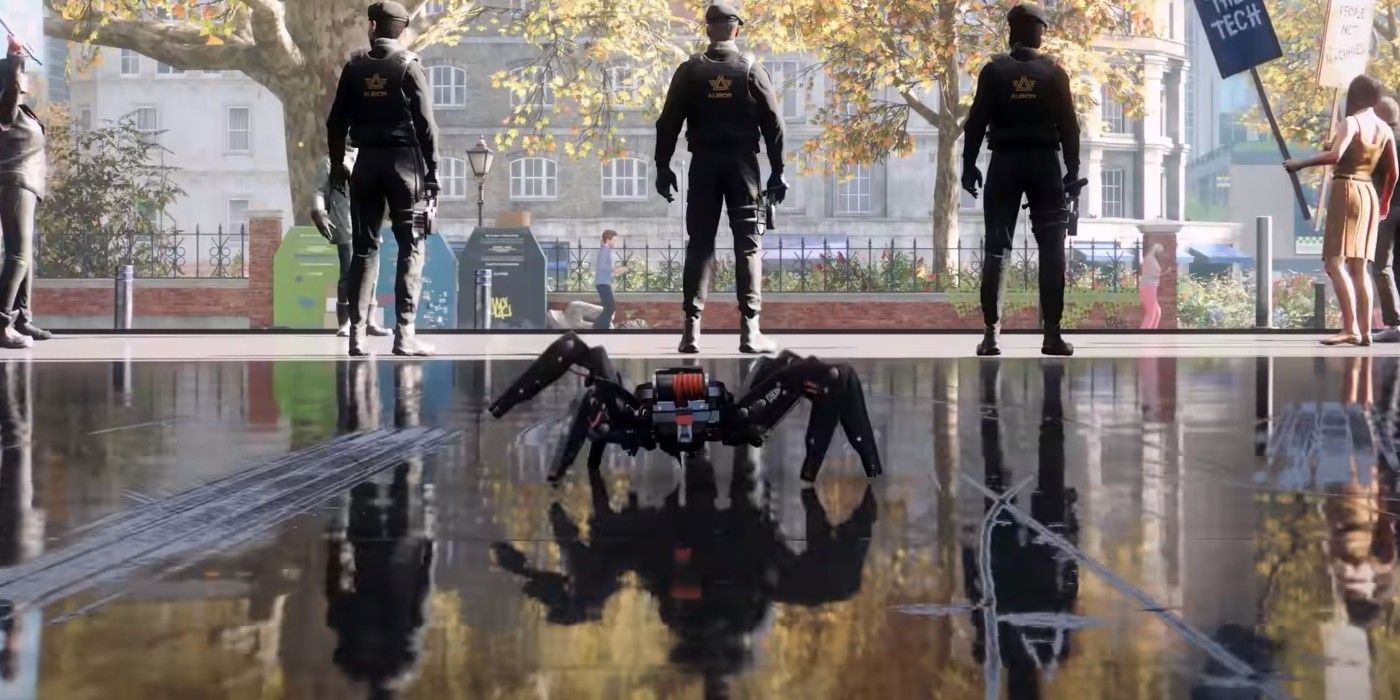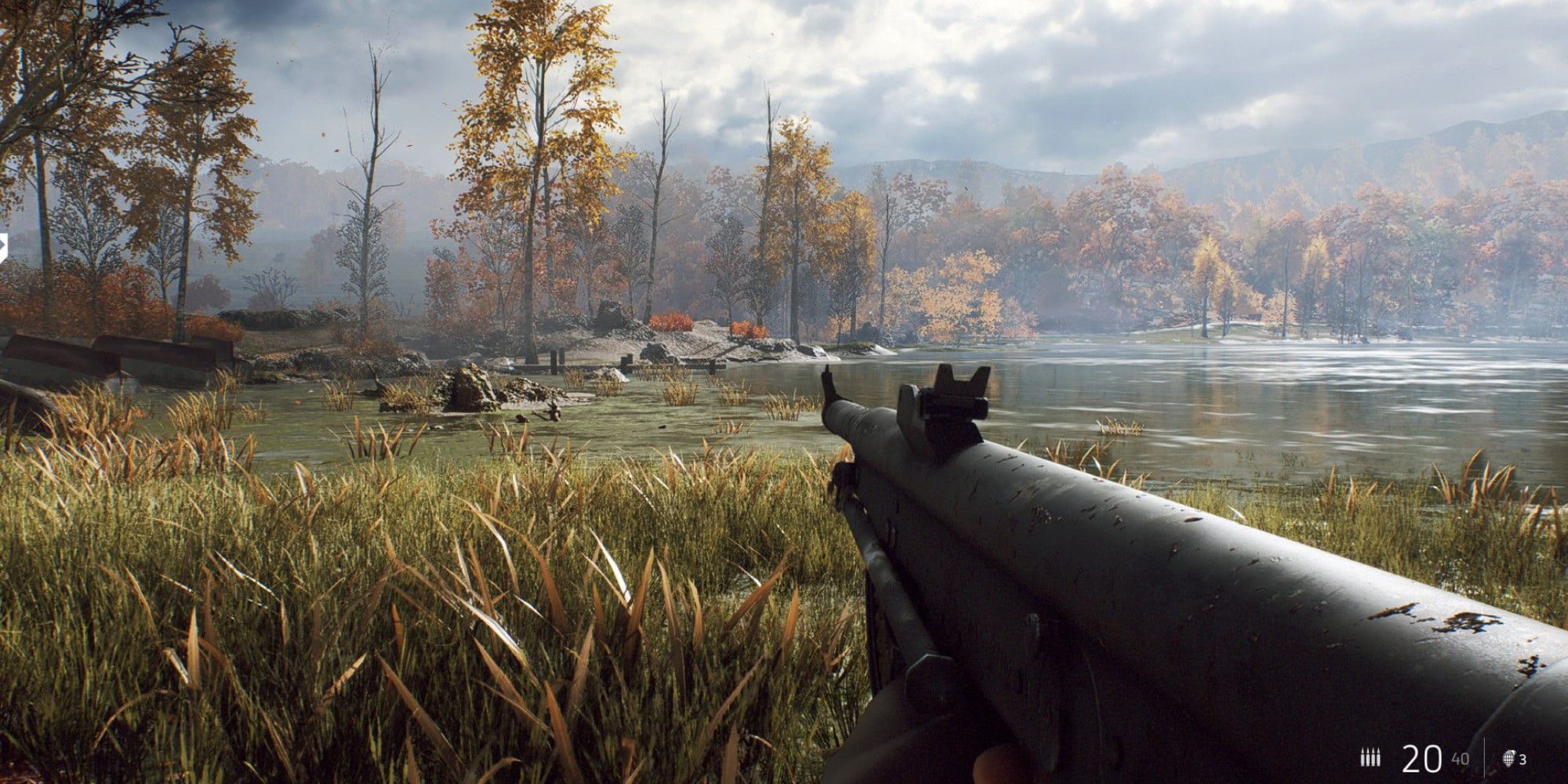The next generation of video game consoles has promised players the most top-notch graphics yet, and thanks to the incorporation of ray tracing technology on the Xbox Series X and PlayStation 5, they’ll be able to deliver on that promise. Ray tracing allows for the realistic, real-time simulation of light in video games. While this may sound like a minor improvement, it drastically changes the game’s visuals, giving gamers a more realistic simulation and gaming experience.
As its name implies, ray tracing is a technique that allows game developers to trace the behavior of virtual light rays in the same way they would move in the real world. In other words, ray tracing works by simulating a light beam through an algorithm that traces the path the ray would take in real life, allowing game designers to make virtual light rays reflect off objects and cast shadows as they would in the physical world, making for a more dynamic and authentic experience.
Many gamers may be wondering is ray tracing is worth it, especially since it means players will may have to invest in a graphics card for their PC or buy an entirely new next-gen console, which, either way, will set consumers back a couple hundred dollars. But when the current methods for simulating realistic lighting in video games are compared to the technology that is ray tracing, it becomes clear how revolutionary the technique is for the video game industry.
Why Ray Tracing Is Important To Video Games
Ray tracing is a big improvement compared to how light currently works in video games. Currently, while game designers can pre-render reflections and shadows that appear realistic, they’re always static animations built into the scene. In other words, the lighting effects always play out the same way, thus making the lighting effects static and unchanging, regardless of how the gamer plays. Ray tracing, on the other hand, promises for a more realistic simulation by allowing light to move in realistic patterns depending on the player’s movements.
It may sound simple enough, but this technology requires intense processing power, something only the graphic chips of the next-gen consoles and certain PCs are capable of. “A game needs to run 60 frames per second, or 120 frames per second, so it needs to compute each frame in 16 milliseconds,” Tony Tamasi, the vice president of technical marketing at Nvidia, explained in a recent report by Wired. “Whereas a typical film frame is pre-rendered, and they can take eight or 12 or 24 hours to render a single frame.”
A variety of games currently available support ray tracing, including Battlefield V and Shadow of the Tomb Raider. To fully take advantage of the lighting effects, however, players will need a PC with an RTX graphics card, which Nvidia introduced to the market in late 2018 – these can cost anywhere up to $350-1,500, though. It’s been confirmed that the upcoming PlayStation 5 and Xbox Series X consoles will support ray tracing capabilities, and plenty of PS5 and Xbox Series X games have already been confirmed to support the technology. Needless to say, however, ray tracing is becoming the new standard in technology, and as the hardware continues to improve, PlayStation 5 and Xbox Series X gamers will see how revolutionary ray tracing truly is.
Source: Wired


